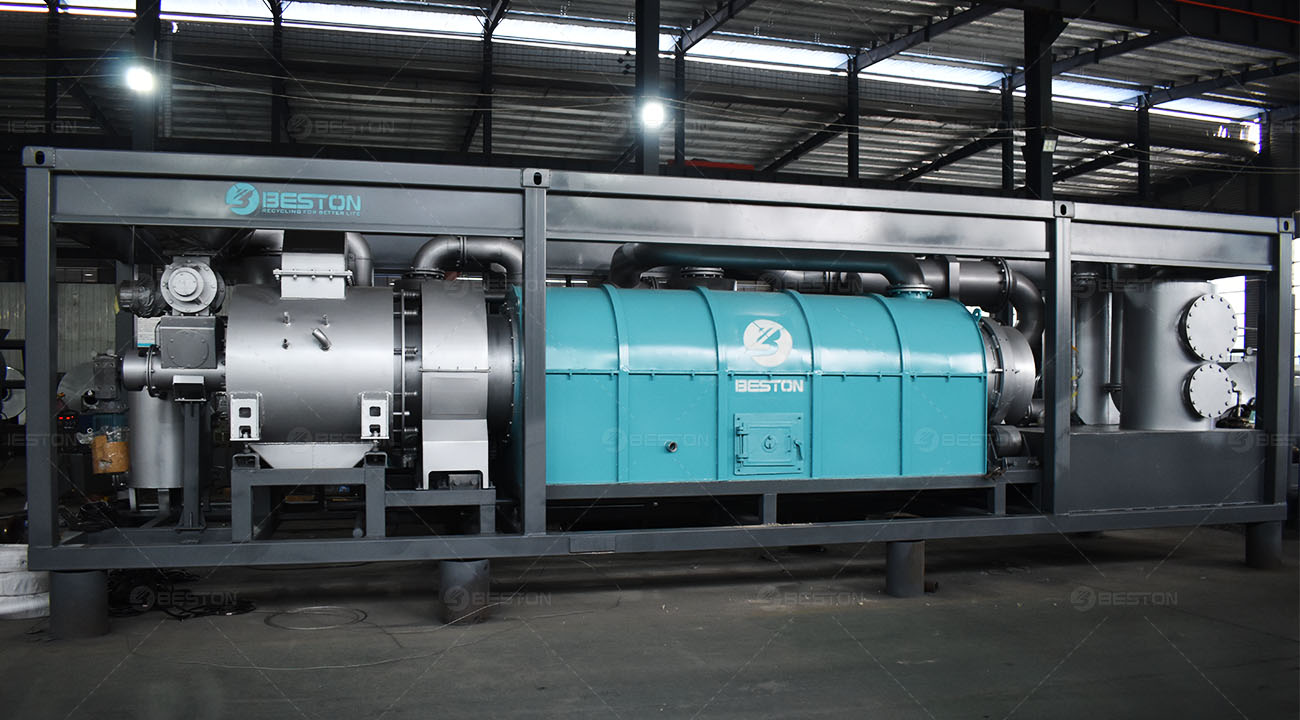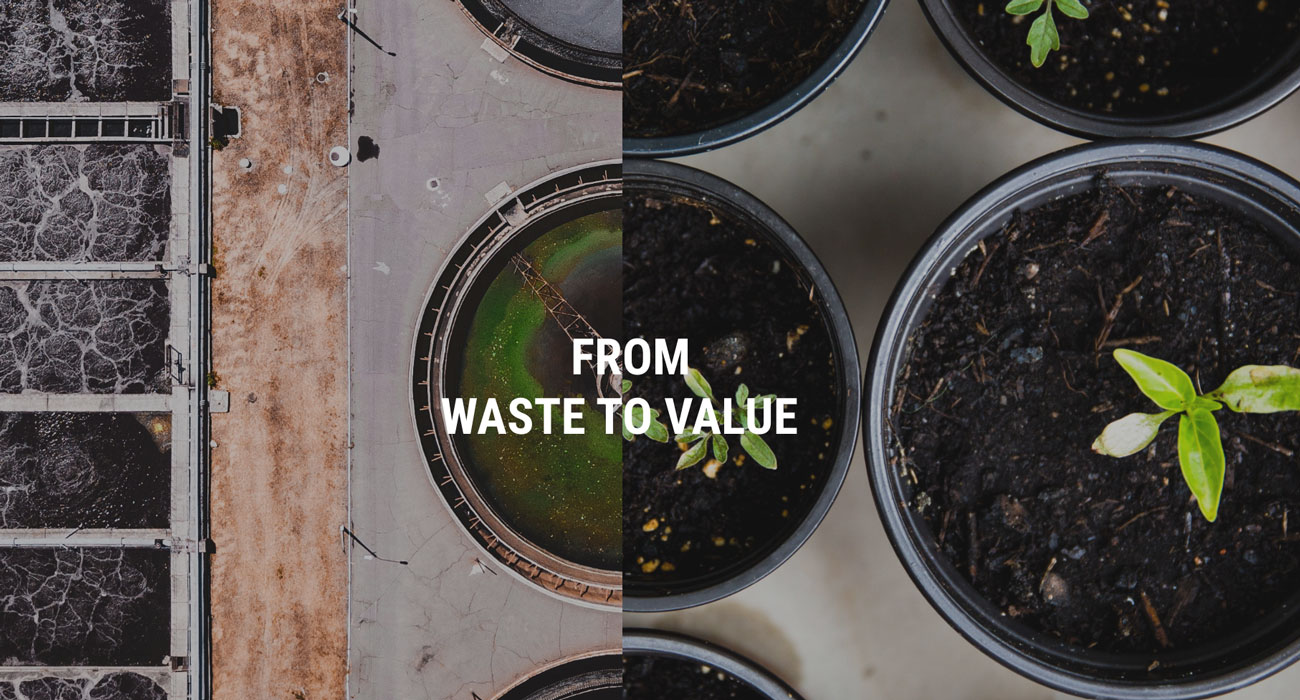Introduction
In the realm of sustainable technologies, the mobile biochar machine has emerged as a groundbreaking innovation at the nexus of agriculture and environmental conservation. Functionally characterized as a portable system for converting organic waste into biochar through pyrolysis, this technology has rapidly gained traction due to its potential to address ecological and agricultural challenges. Its significance extends beyond waste conversion, potentially revolutionizing sustainable farming practices and fostering a more harmonious coexistence with our environment.
Operating Principles
At the core of the mobile biochar machine’s operation lies the intricate process of pyrolysis. This thermochemical conversion involves subjecting organic materials, such as agricultural residues or wood chips, to elevated temperatures in the absence of oxygen. The outcome is the breakdown of these materials into biochar, bio-oil, and syngas. Achieving optimal results hinges on precise control of factors like temperature and residence time within the pyrolysis chamber. These variables influence not only the quality of biochar produced but also the composition and energy content of the byproducts.

Components and Design
The architecture of mobile biochar machine comprises several interdependent components, each pivotal to the pyrolysis process. The feedstock input system facilitates the efficient delivery of organic materials into the reactor. The pyrolysis chamber and reactor, constructed with advanced insulation materials, facilitate controlled feedstock breakdown. Cooling and collection mechanisms, which may encompass cyclones and condensers, play a vital role in capturing and recovering biochar, bio-oil, and syngas, rendering the process both environmentally friendly and resource-efficient.
Advantages
A remarkable advantage of mobile biochar machines is their capacity for on-site production and application. This decentralized approach eliminates the need for extensive transportation of bulky organic waste, thereby reducing associated carbon emissions. Beyond waste management, the application of biochar enriches soil structure and enhances water retention capabilities. This, in turn, fosters enhanced agricultural productivity and resilient ecosystems. Moreover, the integration of biochar into soil exhibits potential for mitigating greenhouse gas emissions and minimizing nutrient leaching.
Challenges and Considerations
While the potential benefits are compelling, several challenges and considerations must be tackled for successful implementation. The selection and preparation of feedstock necessitate meticulous evaluation to strike an optimal balance between carbon-rich materials and moisture content. Robust emission control mechanisms are essential to prevent the release of harmful byproducts during pyrolysis. Furthermore, the scalability of the technology and its adaptability to various contexts pose ongoing challenges.
In conclusion, the mobile biochar machine encapsulates ingenuity in the pursuit of sustainability. With its multifaceted benefits encompassing waste management, carbon sequestration, and soil enrichment, this innovation holds the potential to reshape agriculture and environmental stewardship. As challenges are addressed and applications broaden, the mobile biochar machine stands poised to shape a greener and more resilient future.

Comments
No comments yet. Be the first to react!